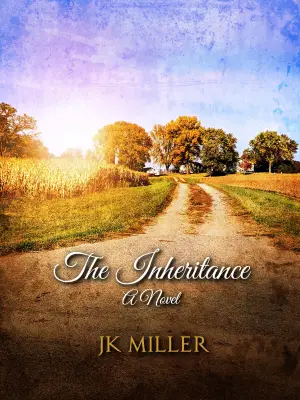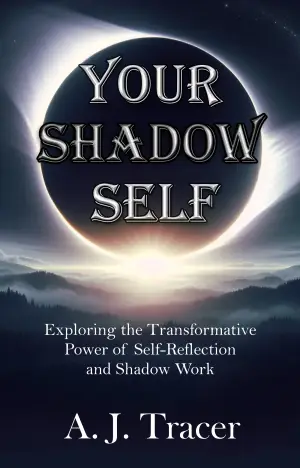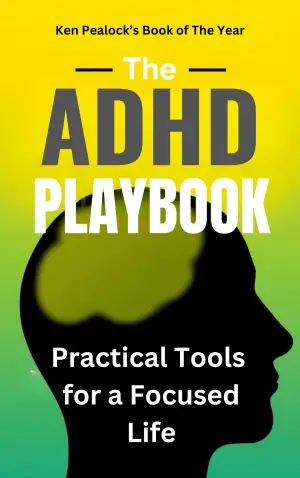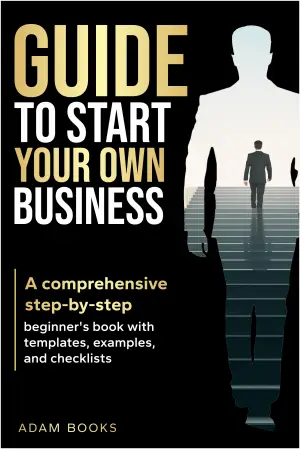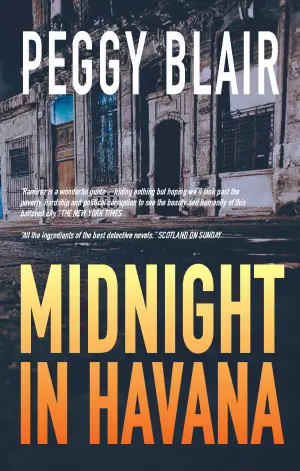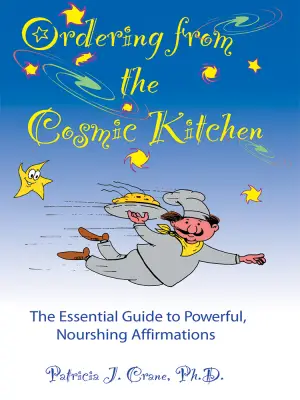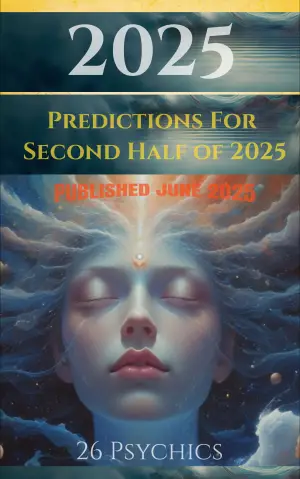Exploring the Wasteland: A Personal Journey Through ‘MaddAddam’
Margaret Atwood’s MaddAddam caught my attention not only because of her towering reputation as a literary giant but also due to my deep appreciation for dystopian and speculative fiction. Having read and enjoyed the first two installments of this trilogy—Oryx and Crake and Year of the Flood—I was eager to dive into this final chapter. Both previous books captivated me with their intricate narratives and thought-provoking themes, so I approached MaddAddam with high hopes, anticipating another compelling exploration of humanity in a fractured world. Alas, what I found left me bittersweet.
Atwood revisits familiar ground in MaddAddam, bringing together threads from its predecessors while shedding light on the unintended consequences of good intentions gone awry—a recurring theme throughout the trilogy. The novel interlaces two timelines, detailing the post-Chaos existence alongside the lead-up to the “waterless flood.” However, while Oryx and Crake and Year of the Flood unfolded with stunning richness, MaddAddam often feels more like a bridge than a standalone story, and this is perhaps its greatest flaw.
The characters, now well-established, continue to navigate a world reshaped by pollution, bio-terrorism, and corporate greed. Yet, I found myself wishing for fresh developments or deeper interactions; instead, the pacing plods along, often bogged down by contrived explanations that resemble something closer to an amateur news report than a nuanced narrative. Atwood’s remarkable gift for evocative prose is occasionally overshadowed by this cumbersome storytelling method.
That said, there are moments of brilliance, particularly in the stories woven by Toby for the Crakers. The philosophical questioning of what it means to be human resonates deeply, as does the reflection on belief and storytelling as lifelines in a bleak reality. One poignant quote lingers with me: “What is ‘belief’ but a willingness to suspend the negatives?” This encapsulates the Crakers’ existence and speaks to our own human needs for narrative and meaning.
Atwood always has a knack for humor, which feels both welcome and necessary in this grim context. Her observations about society are sharp, and I appreciated her ability to inject levity into the otherwise weighty themes. The slogan “FOLLOW THE SAFETY RULES AND KEEP YOUR HEAD! AND ITS CONTENTS!” displayed a mix of wit and dystopian absurdity that is all too relatable in today’s world.
Even with its shortcomings, MaddAddam offers valuable insights into survival, storytelling, and the messy intersections of love and morality. It may not have delivered the satisfying conclusion I craved, but it certainly provided food for thought.
For those who enjoyed the first two books, delving into MaddAddam might still be worthwhile, if only to experience Atwood’s language and wit one last time in this richly crafted world. While the trilogy as a whole leaves me questioning the necessity of its final installment, it nonetheless serves as a cautionary tale about the potential consequences of our actions.
In closing, while I found myself a tad disappointed, I also recognize how Atwood continues to challenge readers to ponder the complexities of existence. For fans of speculative fiction, MaddAddam remains a testament to the power of story—even if, in this instance, it felt more like an epilogue than a definitive chapter.
Discover more about MaddAddam (MaddAddam, #3) on GoodReads >>

